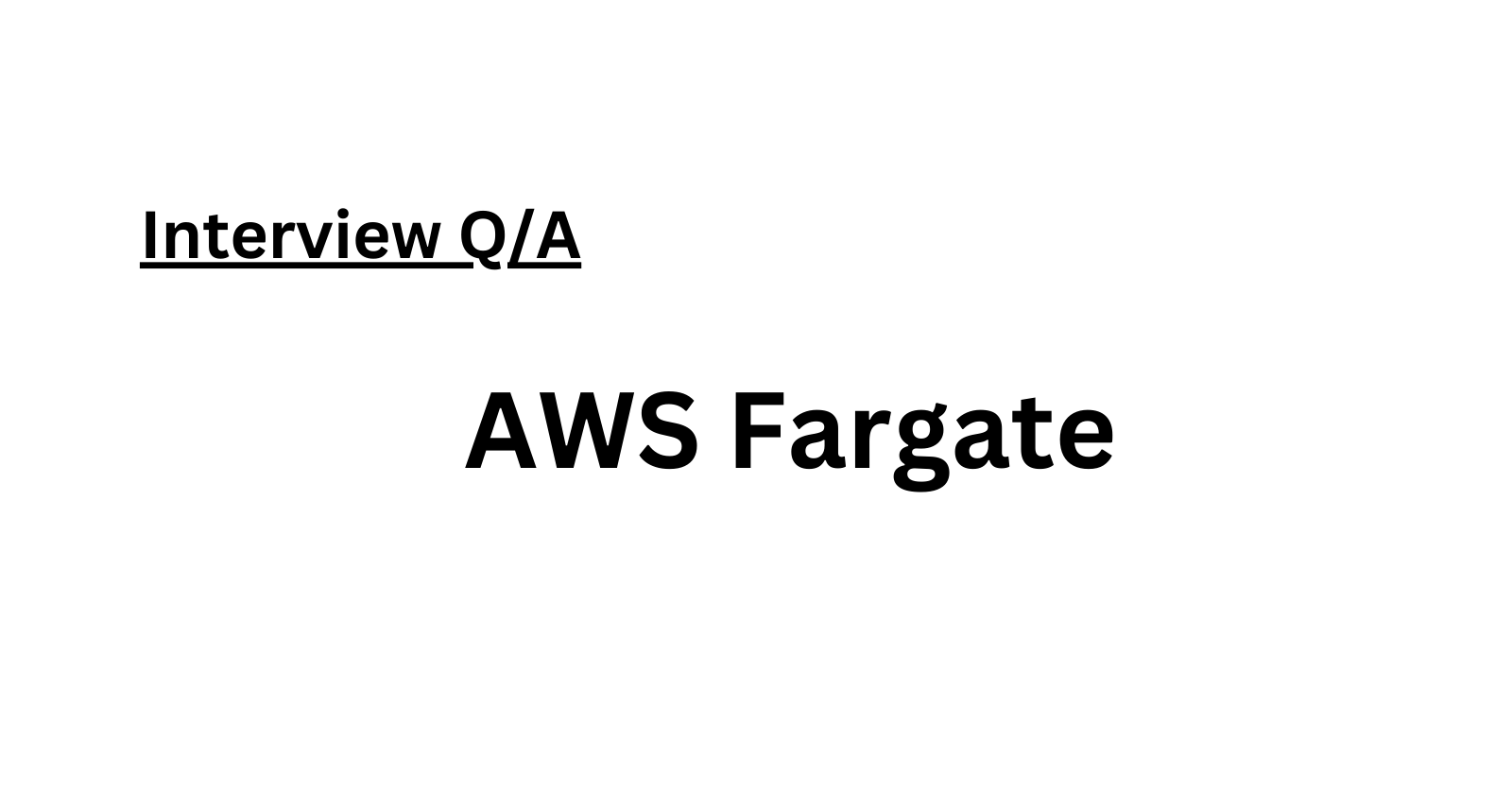AWS Fargate: Simplifying Container Management
 Amrutha D
Amrutha D
Introduction:
AWS Fargate is a revolutionary serverless compute engine designed for containers, enabling developers to run containerized applications without the hassle of managing the underlying infrastructure. By seamlessly integrating with Amazon Elastic Container Service (ECS) and Amazon Elastic Kubernetes Service (EKS), Fargate provides a cost-effective, scalable, and secure environment for deploying applications.
Overview of AWS Fargate:
AWS Fargate acts as a compute engine for ECS, eliminating the need for users to manage EC2 instances. With Fargate, users can concentrate on application development, leaving tasks such as server management, scaling, and security to AWS. By adopting a pay-as-you-go model, Fargate ensures that users only pay for the resources consumed by their containers, offering a budget-friendly solution for containerized applications.
Understanding AWS Fargate:
Fargate simplifies the deployment process by allowing users to package their applications into containers, specifying resource requirements, defining IAM policies, and launching the application. Its compatibility with ECS and EKS streamlines the scaling and management of containers. This serverless approach to container management enhances the developer experience, fostering a focus on application development rather than infrastructure management.
Need For AWS Fargate:
In the era before container services, applications were deployed on virtual machines, necessitating manual provisioning on EC2 instances. The rise of containers brought efficiency but increased the complexity of managing instances. AWS introduced ECS to alleviate some overhead, but users were still responsible for underlying instances. The solution was AWS Fargate, a service designed to handle virtual machines while users concentrate on building applications.
Working Of Fargate:
Fargate offers two deployment options: Fargate Task for individual or grouped containers and Fargate Service for simultaneous multiple-task execution. Users no longer need to provision, configure, or scale EC2 instances. Fargate seamlessly integrates with other AWS services, enabling automated scaling and easy management of containerized applications. It supports custom network configurations for diverse application requirements.
Fargate in Action:
To deploy a web application on Amazon ECS using Fargate, users follow simple steps. Starting with container and task definition creation, configuring a service, and concluding with cluster configuration, Fargate handles networking and IAM setup automatically. This demo showcases the straightforward process of deploying a web application without worrying about the underlying infrastructure.
Conclusion:
AWS Fargate emerges as a game-changer in the container orchestration landscape, providing a serverless and developer-friendly approach to managing containers. Its integration with ECS and EKS, cost-effectiveness, and secure environment make it an ideal choice for developers looking to streamline the deployment and scaling of containerized applications.
Subscribe to my newsletter
Read articles from Amrutha D directly inside your inbox. Subscribe to the newsletter, and don't miss out.
Written by

Amrutha D
Amrutha D
Gen AI Video Creator | Gen AIOps | AIOps Cloud DevOps Engineer | Let's Connect & share Technical knowledge & grow together in Technologies Everyday..